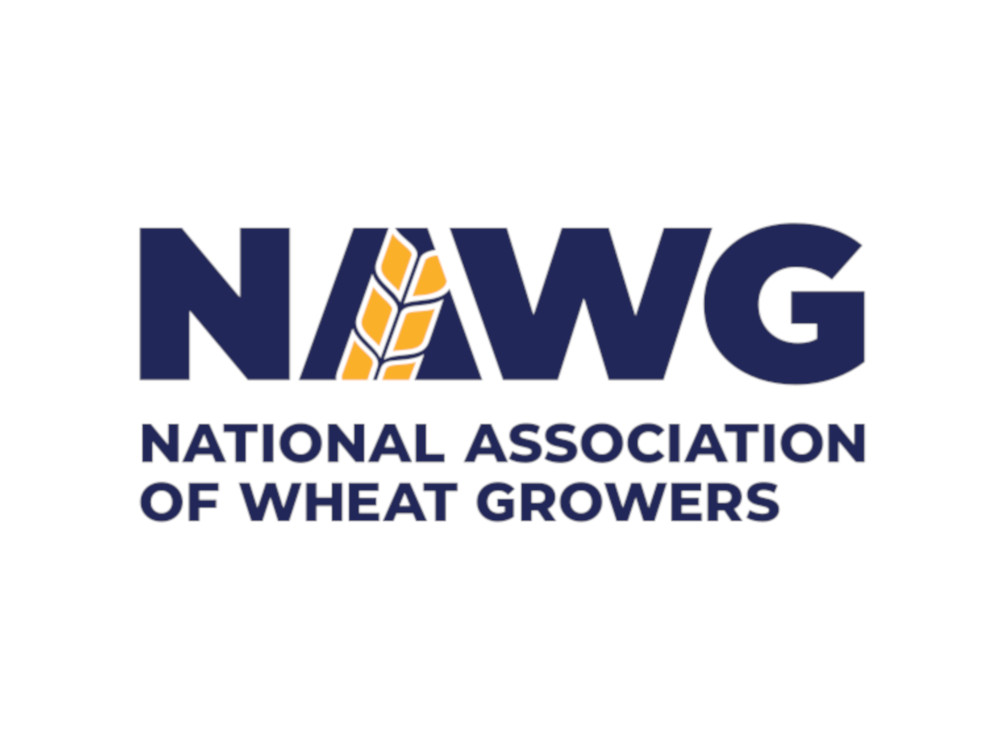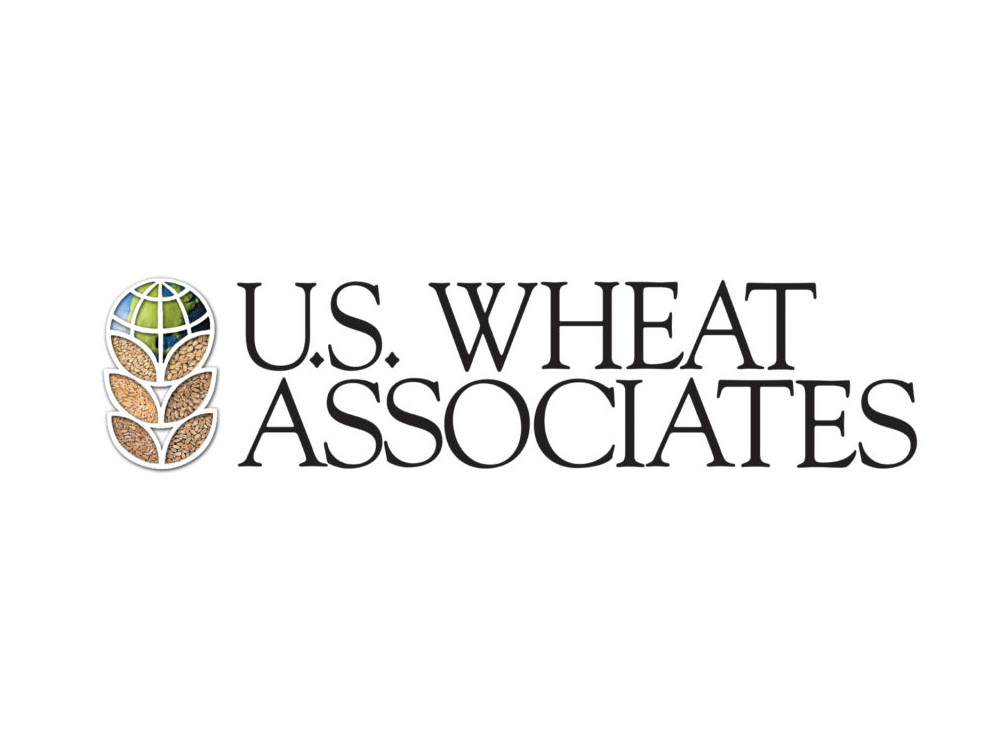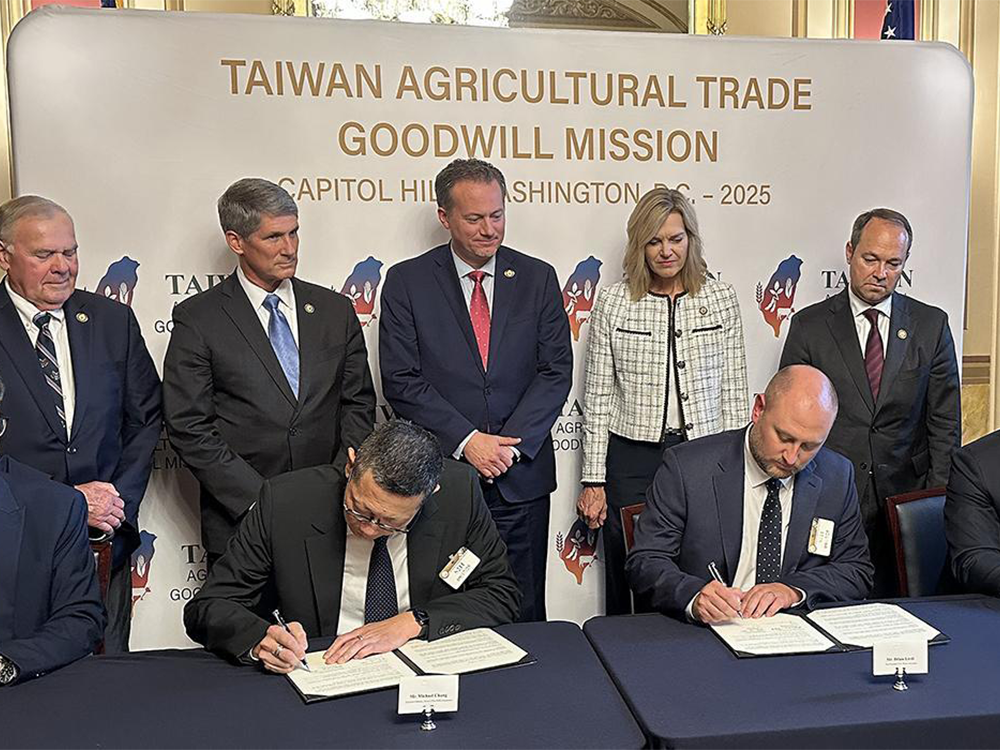Minnesota farmers have got mail. And lots of it.
While sifting through piles of bills, credit card offers and product catalogs this spring, there is one item that keeps wheat producers running in anticipation to their mailboxes – the annual Spring Wheat Survey.
“We get a pretty good, accurate picture of what wheat varieties are being grown every year throughout the state,” said Jim Anderson, University of Minnesota wheat breeder.
When Anderson began his tenure in 1998, he partnered with the Minnesota Wheat Research & Promotion Council (MWRPC) to create and distribute the Spring Wheat Survey to gain an understanding of which varieties Minnesota farmers gravitated toward.
“It helps guide breeding and release decisions,” Anderson said. “We could guess by certified seed sales, but that’s only about half of the picture. The survey gives us more refined insights into which varieties are popular, and, in turn, that tells us which traits are most important to growers.”
After planting has wrapped up, most likely toward the end of May, the survey will be emailed and mailed to Minnesota wheat growers. If you live in Minnesota and planted spring wheat, you’re encouraged to complete the survey, regardless of if you received it in the mail, via email or heard about it from another source.
“It’s cumulative over time,” Anderson said. “Each year is a snapshot, and we don’t see huge changes from one year to another, unless there’s a new variety that does really well.”
Spearheaded by Anderson, the University of Minnesota Wheat Breeding Program is a critical Minnesota wheat checkoff-supported program. The program’s objectives are to develop improved wheat varieties and germplasm combining high grain yield, disease resistance and end-use quality and to provide performance data on wheat varieties adapted to the state of Minnesota.
“The information gleaned from the Spring Wheat Survey supports Jim Anderson’s Wheat Breeding Program, which is invaluable to Minnesota wheat producers,” MWRPC Executive Director Brian Sorenson said. “When farmers take the time out of their day to complete the survey, they’re supporting and improving research that will ultimately benefit them.”
‘Hanging in there’
Farming is a risky business, and results from previous years show that farmers tend to mitigate their risk by sticking to tried-and-true varieties.
“It’s been a little surprising to see how well some of the older varieties are hanging in there,” Anderson said. “We’ve got varieties that were released in 2016 and 2017 that are still in the top five in terms of acreage being grown. That tells me that growers are reluctant to switch varieties.”
While yield may pay the bills, there are a multitude of factors that play a role in wheat quality – for both growers and purchasers – and by completing the survey, farmers give Anderson an idea of which factors to focus on when breeding varieties.
“Farmers are looking for a good package and have specific traits they’re interested in and are cautious about switching to a new variety,” Anderson said. “So, we’re trying to breed for those main traits of straw strength, protein and disease resistance.”
Not only is the survey information useful when breeding new varieties, it also helps Anderson strengthen existing varieties that farmers consistently plant.
“If we see that there are some varieties that are susceptible to some of our major diseases and are becoming more popular, we can focus on trying to get some newer releases that can address those concerns and have the proper disease resistance,” Anderson said.
The odds are that Minnesota wheat growers don’t look forward to filling out surveys in the same way that they look forward to getting back in the field each spring. But spending a few minutes completing the Spring Wheat Survey pays off in the long run.
“I’m very thankful that growers take the time to fill it out,” Anderson said. “They get a lot of surveys and a lot of things in the mail come their way. So, we’re very thankful to those that do take time and fill this out because it is very valuable information for us.”




